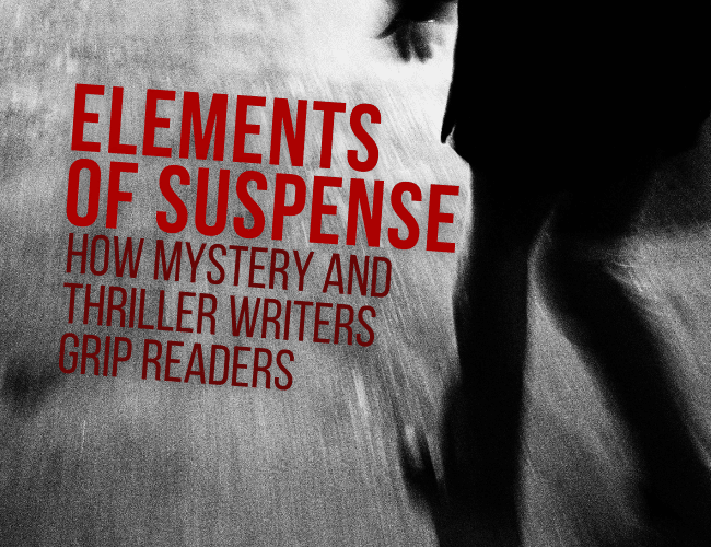Writing a murder mystery can be incredibly rewarding when done well. Let’s break down the key elements more comprehensively to help guide you through the process–the way I approached writing Paper Ghosts, a Fenn Cooper Novel:
Compelling Protagonists
- Character Development: Your protagonists, typically detectives or amateur sleuths (or in the case of Paper ghosts a journalist and a little person fortune teller), need to be well-developed and relatable. They should have clear motivations, personal conflicts, and a unique voice that resonates with readers. In Paper Ghosts, Fenn becomes entangled in not a who-dunit but a why-dunit.
- Flaws and Strengths: Give them strengths that make them good at solving crimes (e.g., keen observation, logical reasoning) but also flaws that make them human and relatable (e.g., personal trauma, relationship issues, the way they are looked upon by others).
Intriguing Villains
- Believability: The villain’s actions and motives need to be believable within the story’s context. Avoid clichés and strive for complexity. Give the villain a background story that explains why they are okay with violence to others.
- Unpredictability: While their motives should be clear, the villain should still surprise the reader. This can be achieved by hiding their true nature until a critical moment or by creating a web of deception around their identity.
Plot and Structure
- Timeline and Pacing: Construct a detailed timeline of events. Begin with the murder, followed by the discovery, and the subsequent investigation. Ensure the pacing keeps readers engaged, with peaks of tension and moments of revelation.
- Clues and Red Herrings: Carefully place clues that lead to the solution of the mystery, but also include red herrings to mislead readers and keep them guessing. Balance is key; too many red herrings can frustrate readers, while too few can make the solution too obvious.
Setting
- Atmosphere: Choose a setting that enhances the mood of your story. Whether it’s a foggy, isolated village or a bustling city with dark alleyways, or in the case of Paper Ghosts, a travelling circus, the setting should contribute to the suspense and intrigue.
- Relevance: The setting should have a direct impact on the plot. Locations within the setting can hide clues, be the site of critical events, or help build the backstory of characters.
The Plot
- Intrigue and Plausibility: Ensure that the plot is both intriguing and plausible. Avoid overly convoluted plots that can confuse readers. Every twist and turn should make sense within the story’s logic.
- Motive and Suspects: Develop a strong motive for the murder that ties into the backstories of your characters. Each suspect should have a means, motive, and opportunity, with individual clues pointing to or away from them.
Additional Tips
- Point of View: Decide on the narrative perspective early on. A first-person narrative can provide intimacy and immediacy, while a third-person perspective can offer a broader view of the events and multiple characters’ thoughts. In Paper Ghosts, the main character, Fenn Cooper, also is written in the first person. When he isn’t in a chapter, the other characters are written in the third-person.
- Twists and Turns: A great murder mystery often features unexpected twists. Plan these twists carefully to ensure they are surprising yet believable.
- Ending: The resolution should be satisfying, tying up all loose ends. You can also have a few ends not tied up that can give you the opportunity to write a second mystery novel that includes the people that seemed to get away.
Example Outline
-
Introduction
-
Inciting Incident
-
Investigation Begins
-
Rising Action
-
Climax
-
Falling Action
-
Resolution
Introduce the protagonist and the setting. Establish the initial calm before the storm.
The murder occurs, setting the plot in motion.
Protagonist starts uncovering clues. Introduction of suspects and initial red herrings.
Tensions increase as more clues and red herrings are discovered. Protagonist faces personal and professional obstacles.
A major twist or revelation occurs. The protagonist confronts the primary suspect.
The true villain is revealed. The protagonist pieces together the final clues.
Loose ends are tied up or maybe not all of them. The story concludes with a reflection on the events.
By following these guidelines and structuring your story carefully, you can craft a compelling murder mystery that keeps readers engaged and guessing until the very end.
